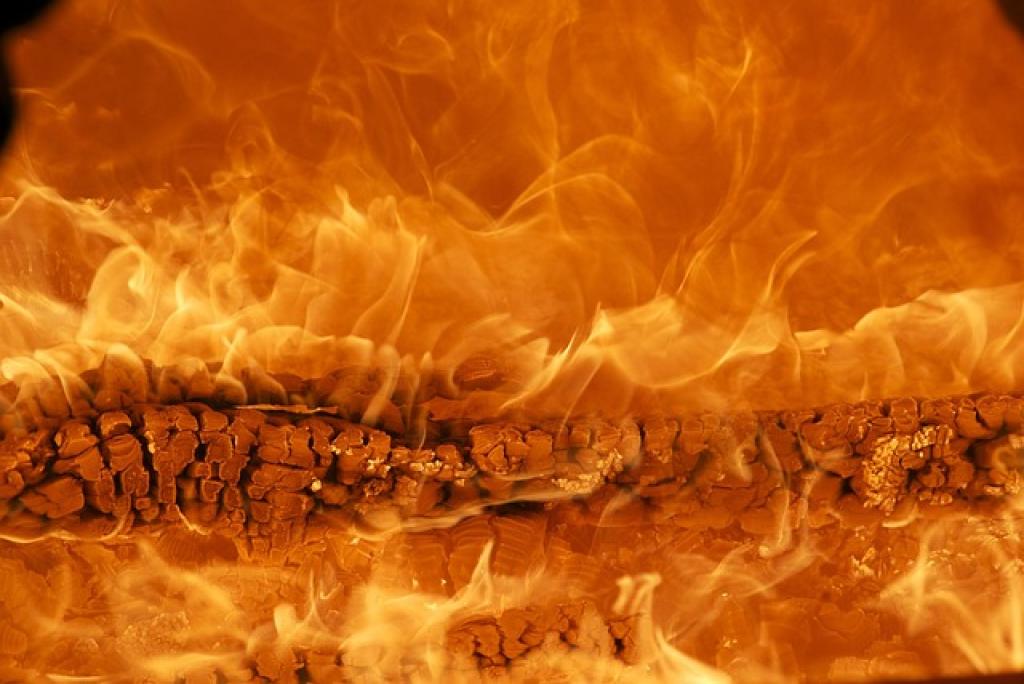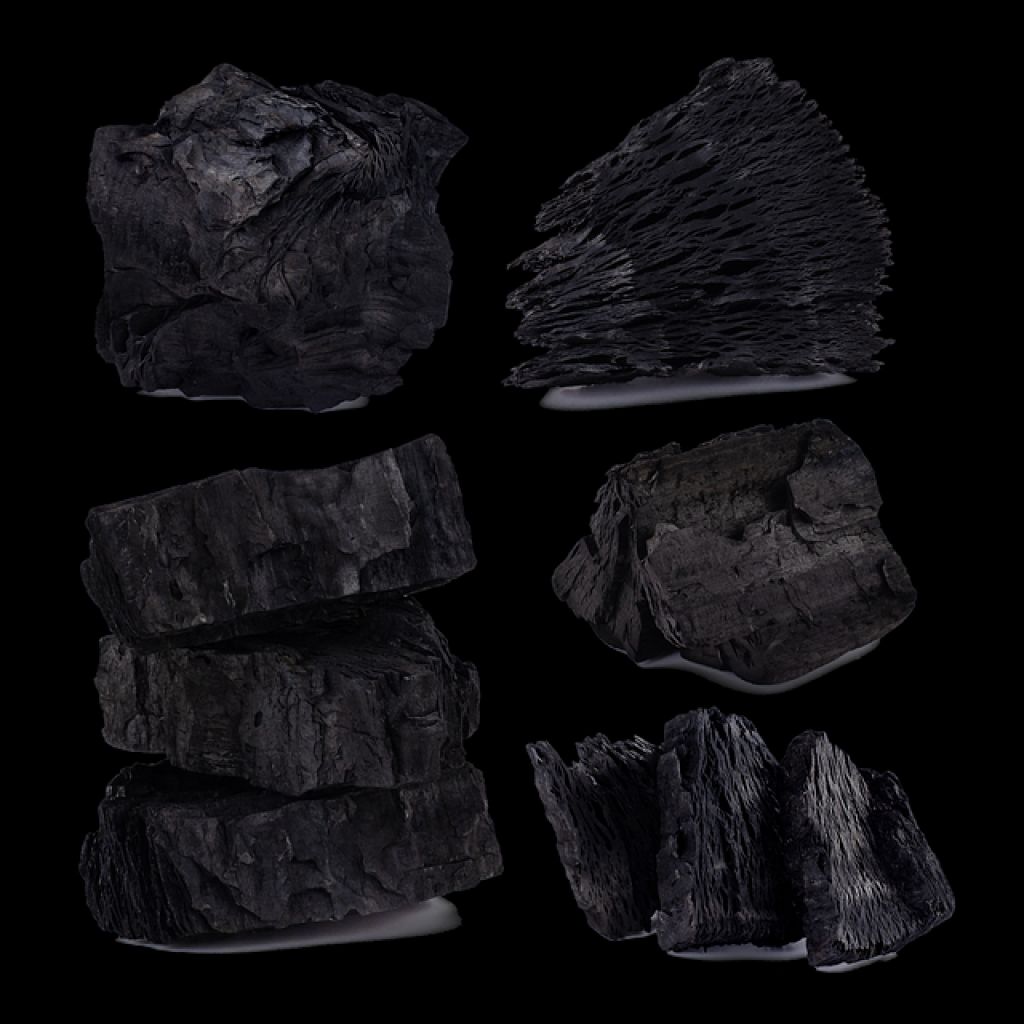Ever wondered how those little black pills that promise to detoxify and freshen up your life come to be? Welcome to the fascinating world of activated charcoal manufacturing! This journey transforms ordinary carbon-rich materials into the charcoal that’s prized for its adsorptive power.
But what exactly makes activated charcoal so special? The secret lies in its production process. Through careful heating and treating, the material becomes highly porous, greatly increasing its surface area. This super-porous structure is what allows activated charcoal to trap toxins and impurities effectively.
Join us as we delve into each step of this intricate process—turning raw materials into versatile black magic. From choosing the right precursor materials to the final activation phase, we’ll uncover how science and nature combine to create this extraordinary substance. Whether you’re a science enthusiast or just curious about the things you use daily, this exploration promises to shed light on the mysteries behind one of the most widely used natural products.
What is Activated Charcoal and How is It Produced?
Activated charcoal is a form of carbon that’s processed to be riddled with small, low-volume pores. This vastly increases its surface area, making it a powerhouse for adsorbing various substances, whether impurities from drinking water or toxins from the stomach lining.
The Raw Materials
It all begins with selecting the perfect raw materials rich in carbon, like wood, coconut shells, or peat. These are initially heated to remove any volatile compounds, a process fondly referred to as carbonization. This step turns the material into char, which is the forerunner of activated charcoal.
Activation Process
Next comes the activation phase, the magic that sets this charcoal apart. The char is exposed to specific gases at high temperatures. Steam or carbon dioxide is commonly used, creating a network of fine pores. It’s this network that increases the material’s adsorptive abilities drastically.
Finally, after thorough rinsing to remove any residual acids or gases, activated charcoal emerges. It’s now ready to be molded into the various shapes and sizes used across industries—from medicine practices to water purification, bringing practical benefits into our everyday lives.
The Key Steps in the Manufacturing Process of Activated Charcoal
Creating activated charcoal is a meticulous process that transforms raw materials into an effective adsorbent. The journey begins with the careful selection of carbon-rich resources like coconut shells or specific woods. These materials are chosen not just for their abundance but for their quality and efficiency in yielding a high-grade product.
Once the raw materials are gathered, the carbonization phase kicks in. This involves heating the materials in an environment devoid of oxygen. By doing so, any volatile substances are driven off, leaving behind char, the precursor to activated charcoal.
Activation is the next critical step. The char is treated at high temperatures in the presence of steam or gases such as carbon dioxide. This is what opens up millions of tiny pores, giving the charcoal its extraordinary ability to adsorb impurities.
The final stages involve cooling and rinsing the activated charcoal to remove any residues from the activation phase. At this point, it’s shaped and packaged for distribution, ready to serve its purpose in various applications, from enhancing soil quality to purifying the environment and water.
Understanding the Activation Methods Used in Charcoal Production
Activation is the transformative step that gives activated charcoal its superior adsorptive powers. It involves two primary methods: physical and chemical activation. Each method serves a unique purpose and requires distinct conditions to create the highly porous structure characteristic of activated charcoal.
Physical Activation
Physical activation is a process performed in two stages. Initially, the carbonized material undergoes pyrolysis, heating in the absence of air to establish a solid framework. Subsequently, it’s exposed to an oxidizing atmosphere of either steam or carbon dioxide at high temperatures. This interaction is what opens up the network of micro-pores, essential for trapping impurities.
Chemical Activation
In contrast, chemical activation involves impregnating the raw material with chemical agents such as phosphoric acid or potassium hydroxide before carbonization. This technique requires lower temperatures and often results in a greater yield of activated charcoal. Chemicals facilitate the breakdown of the material’s structure, simultaneously enhancing the pore size and distribution.
Both methods play a vital role in producing the different forms and grades of activated charcoal used globally. Whether it’s removing chlorine from water or capturing volatile gases, knowing these processes sheds light on the versatility and efficiency of this incredible substance.

Quality Control Measures Employed in Activated Charcoal Manufacturing
Ensuring the efficacy and safety of activated charcoal relies heavily on stringent quality control measures throughout the manufacturing process. These measures begin with the selection of raw materials. Only those meeting specific carbon content criteria are used, ensuring a robust foundation for the end product.
As the manufacturing progresses, the emphasis shifts to monitoring the activation phases. Temperature controls are critical, maintaining an optimal range to facilitate the formation of pores, while avoiding degradation of the material. Every batch undergoes rigorous testing to measure pore structure, surface area, and adsorption capacity. These attributes must align with established standards specific to the intended applications such as purification or medicinal use.
The final stages of production involve thorough washing and drying, with tests ensuring no chemical residues linger from activation processes, especially for those involving chemical agents. Quality assurance measures do not stop at the factory gate; consistent sampling of products post-packaging guards against contamination and verifies continued compliance with predefined quality benchmarks.
Through these comprehensive controls, manufacturers can guarantee that each piece of activated charcoal performs reliably, meeting consumers’ expectations across a multitude of uses.
Concluding Thoughts on the Process of Activated Charcoal Manufacturing
As we wrap up our exploration of activated charcoal manufacturing, it’s clear that this process marries science and practicality beautifully. It begins with selecting the right raw materials, driven by a blend of nature’s offerings and technological advancements. The journey through carbonization and activation is a testament to meticulous craftsmanship, creating a product with an extraordinary ability to purify and protect.
Understanding the nuances of activation methods unveils how material transformations can lead to diverse applications. From health and wellness to environmental sustainability, the potential uses of activated charcoal seem nearly limitless. However, this versatility rests heavily on rigorous quality control measures, assuring that each batch meets high standards for safety and effectiveness.
This thorough and precise process underscores the importance of a reliable production chain where each step builds on the last to produce a cohesive and high-performing end product. Activated charcoal’s journey from raw material to an indispensable tool in various industries is a reminder of how crucial it is to maintain fidelity to both natural and engineered processes.
In essence, the creation of activated charcoal is a fine example of human ingenuity, driven by a desire to harness natural resources in efficient and sustainable ways. As demand continues to grow, so too will innovations in production techniques, ensuring that activated charcoal remains a vital resource for addressing modern challenges with age-old wisdom. Such advancements not only enrich our understanding but also propel us towards more environmentally conscious ways of living.

